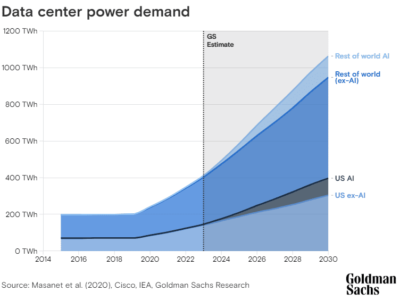
Mini LEDs increasingly present in high-end displays, notes TrendForce
It may even extend the lifetime of LCDs, and TrendForce forecasts that by 2024, Mini LED backlights will enjoy penetration rates of 20%, 15% and 10% in the application markets of ITs, TVs and tablets, respectively.
TrendForce points out that, in comparing the features of OLED and Mini LED backlight displays, the local dimming feature of Mini LED backlight displays may rival OLEDs in their ability to contrast colors. Mini LEDs also have more competitive prices when compared to TV and monitor product applications, since Mini LED backlight displays exhibit display effects nearly equal to those of OLEDs, but the power consumption is much lower than OLED. This means that these products give a better value for money.
With the rise of Mini LED backlight technology, the original industry chain changes. For example, panel manufacturers AUO and Innolux are both collaborating with their respective LED companies to develop Mini LED backlight modules: AUO has joined hands with Lextar, while Innolux is already working with companies such as AOT and Epileds, developing towards TV, IT, and small- and medium-sized automotive product applications and hoping to keep their competitive edge in LCD products.
CSOT, BOE and others have partaken in Mini LED backlights and display businesses by leveraging their edge in product technology and equipment capex. Chip manufacturer Epistar has worked with subsidiary Yenrich to release Mini LED light source modules to enter the backlight applications of high-end display.
The key challenges of Mini LED backlight technology are cost, power consumption and die bonding efficiency. In terms of power consumption challenge, as current mounts and heat along with it, efficiency goes down. So far, Epistar has offered two different solutions to help customers meet their goal of reducing power consumption or cost. For power consumption, with the decrease of chip size and drive current, customers can improve full-screen power consumption with enhanced backlight dimming zone control. For cost, Epistar added innovative reflector with LED chips to increase the beam angle. So far, Epistar has been able to produce LED chips with special beam angle from 150 to 170 degrees to reduce the number of LED chips required as well as system production costs.
In addition, with the reduction of LED chip size and the increase in number, LED die bonding is becoming more and more difficult. EPISTAR and subsidiary Yenrich’s self-developed “Fast Transfer on X substrate” can precisely transfer Mini or Micro LED chips in large quantities on a variety of material substrates specified by customers.
TrendForce suggests that innovations in Mini LED backlight technology may bring advantages in display effect, but the new structure also places a heavier burden in costs, and striking a fine balance between the two has become a problem that suppliers along the whole supply chain must work together to solve. The fastest way to reduce costs would be to combine the strengths of relevant suppliers for backplanes, LED chips and driver ICs and module assembly companies and develop Mini LED products with better value. Mini LED chips will play an important role in that process. Chip suppliers turned market leaders and technological vanguards will hold an even greater advantage in the future.
TrendForce – www.trendforce.com
 If you enjoyed this article, you will like the following ones: don't miss them by subscribing to :
eeNews on Google News
If you enjoyed this article, you will like the following ones: don't miss them by subscribing to :
eeNews on Google News



